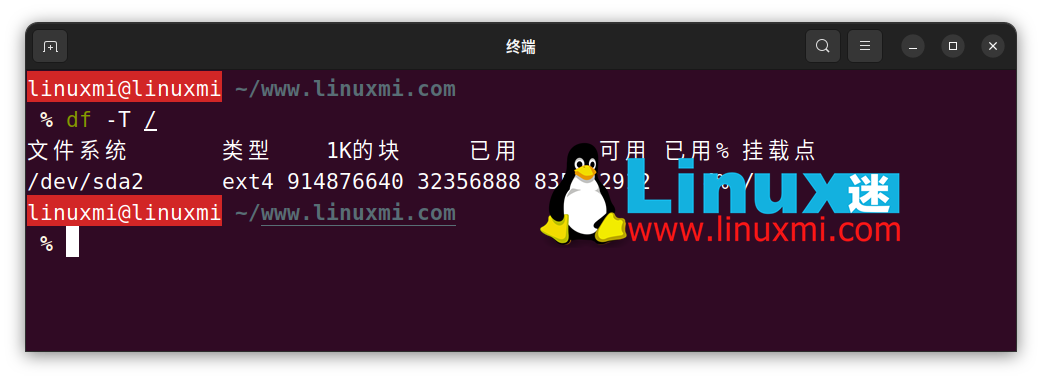
Choosing the right file system for your computer can be a difficult process. Why are file systems important and the specific file systems suitable for installing Linux need to be concerned?
It turns out that there are two file systems that perform best when installing Linux.

When it comes to choosing a Linux file system, ext4 and Btrfs are the best options. Although Btrfs and ext4 are similar in many ways, there are some key differences between them worth noting.
ext4 is the default file system used in most Linux installations. It was first released in 2008 and is the successor to ext3. After a long period of use, the ext4 file system has proven its reliability, functionality and performance.
One major advantage is that ext4 is a journaling file system that can track the location of files on the disk and record modifications to the disk. ext4 is very efficient and reliable, with each new version offering significant improvements in performance and functionality.
Btrfs is one of the most popular alternatives to ext4. It is an open source file system. Although its history is not as rich as other reliable file systems, Btrfs has attracted a large number of loyal users due to its compelling features. One of the most notable features of Btrfs is its copy-on-write (COW) approach, which copies data to another location on the disk before changing it. Due to the copy-on-write method, Btrfs greatly reduces the risk of data corruption.
This is not the only interesting feature of Btrfs. To prevent data corruption, it also performs checksums of data blocks and metadata. Although not as efficient as ext4, Btrfs also performs well in its own field with its powerful functions.
When considering the file system for your new Linux installation, either ext4 or Btrfs are options worth considering. For most average users, ext4 is a better fit, while for power users, Btrfs has a feature or two that might make its slightly slower performance more valuable.

Naturally, you have several choices when installing a new Linux distribution, Btrfs and ext4 are just Two of the file system options. While options like XFS and ZFS are not as well-known, there are situations where you should consider them as your file system of choice.
Z File System (ZFS) is the most compelling of all domain-specific file systems. ZFS is a recent contender, first launched in 2001, and has an interesting feature: storage aggregation. In most storage systems, the file system and file manager are often combined into a single component.
This is a great feature if you have multiple disk drives, as it combines their storage capacity into a unified file system.
Additionally, ZFS has many of the same features as Btrfs (including COW, snapshots, and data checksum verification), giving you peace of mind knowing that your data is valid and complete.
Although Reiser4 is not widely adopted, some of its features are still worthy of attention. Reiser4 stands out for its efficient logging and small file storage. It is atomic, either the file changes are completed completely or not at all to prevent partial changes from causing corruption.
The main drawback of Reiser4 is the negative reputation of its founder. Although Reiser4 is currently actively maintained, the unfortunate history associated with its name and the challenges encountered in its development have kept it restricted to a small area.
Its internal division into allocation groups enables it to run multiple I/O operations simultaneously, making it a good choice when multiple processors or cores are running in parallel. xfsdump and xfsrestore are two useful file backup and recovery tools that are also part of it.
6. JFS
If you are looking for a fast file system, JFS may appeal to you, but its approach to logging makes it unsuitable for systems that handle important data.
Now you can install Linux easily
It’s also important to research which Linux distribution best suits your needs. Simply choose the appropriate distribution and file system, and you'll be able to easily install and design an impeccable system.
The above is the detailed content of Six great file systems for installing Linux. For more information, please follow other related articles on the PHP Chinese website!




